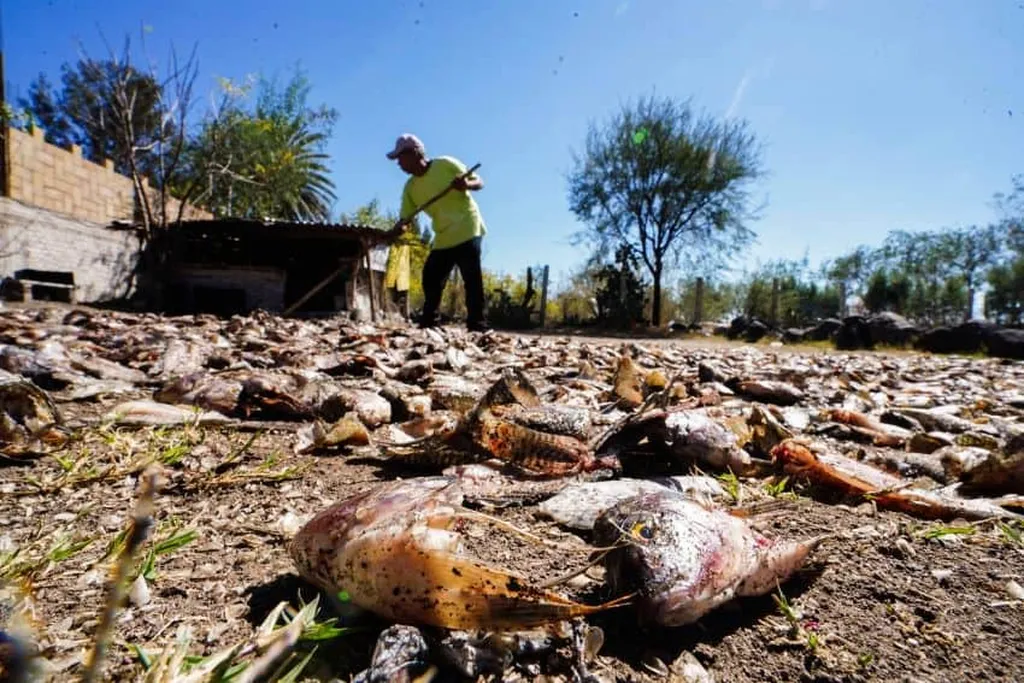In the heart of Mexico, Lake Cuitzeo, the country’s second-largest freshwater body, is facing an existential threat. A recent study published in *Discover Water* sheds light on the alarming changes the lake has undergone over the past three decades, with significant implications for the agriculture sector and water management policies.
The research, led by Cecilia Rodríguez-Gómez of the Instituto de Geofísica at the Universidad Nacional Autónoma de México, utilized Landsat imagery and advanced analytical techniques to assess the lake’s surface area changes and their correlations with climatological variables. The findings reveal a stark reality: while climate change is a contributing factor, human activities may be the primary driver of the lake’s deterioration.
“Our analysis shows that climatic factors explain about 22.6% of the changes in Lake Cuitzeo’s surface area,” Rodríguez-Gómez explains. “This suggests that anthropogenic activities, such as overexploitation for agriculture, urban development, and industrial use, as well as the discharge of untreated wastewater, are playing an even more significant role in the lake’s decline.”
The implications for the agriculture sector are profound. Lake Cuitzeo is a crucial water source for irrigation, supporting the livelihoods of countless farmers in the region. The lake’s depletion not only threatens agricultural productivity but also the economic stability of the communities that depend on it. As droughts become more frequent and severe due to climate change, the pressure on this vital resource will only intensify.
The study underscores the urgent need for comprehensive monitoring and management policies to prevent the continued deterioration of Lake Cuitzeo. “Effective water resource management is essential to ensure the sustainability of our agricultural practices and the preservation of this invaluable ecosystem,” Rodríguez-Gómez emphasizes.
This research could shape future developments in the field by highlighting the importance of integrating remote sensing technologies with traditional in situ sampling methods. The cost-effective and scalable nature of remote sensing offers a promising avenue for continuous and large-scale monitoring of water bodies, enabling timely interventions and informed decision-making.
As we grapple with the realities of climate change and its impact on our water resources, studies like this serve as a wake-up call. They challenge us to rethink our approaches to water management and to prioritize sustainable practices that balance the needs of agriculture, industry, and the environment. The future of Lake Cuitzeo, and indeed all our precious water bodies, depends on the actions we take today.

